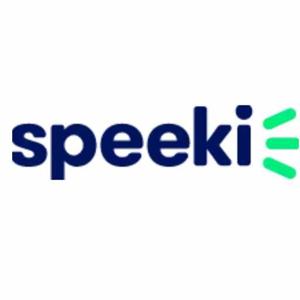
ISO 31000 is an internationally recognized standard for risk management that provides ISO 31000 risk management principles and guidelines for identifying, assessing, and managing risks. It helps organizations create a structured and systematic approach to managing risks, ensuring that they can achieve their objectives, protect their assets, and enhance decision-making. The standard is designed to be adaptable to various sectors and can be integrated into the overall management structure of any organization, whether public or private. Understanding how ISO 31000 risk management principles and guidelines differ from other risk management standards is crucial for businesses aiming to align their risk management practices with global best practices.
Key Differences Between Iso 31000 And Other Risk Management Standards
1. Comprehensive Approach
ISO 31000 provides a comprehensive framework for risk management that can be applied across any type of organization, from small businesses to large enterprises. Unlike some other risk management standards, which may focus on specific industries or risk types, ISO 31000 takes a holistic approach, integrating risk management into the organizational structure and decision-making processes.
Comparison: Standards like ISO 9001 (Quality Management) or ISO 14001 (Environmental Management) focus on specific aspects such as quality control or environmental impact, while ISO 31000 addresses the overall risk management process, ensuring that risk considerations are embedded in every part of the organization.
2. Flexibility And Adaptability
One of the key features of ISO 31000 is its flexibility. The guidelines are not prescriptive, meaning they do not provide a one-size-fits-all solution. Instead, they allow organizations to tailor their risk management practices to their specific needs, context, and risk profiles. This is particularly important for organizations operating in dynamic or rapidly changing industries.
Comparison: Other standards, such as the COSO ERM (Enterprise Risk Management) framework, provide more detailed, structured approaches, which can be beneficial for organizations looking for specific guidance. However, they may not be as easily adaptable to different organizational structures and industries as ISO 31000.
3. Integration With Other Management Systems
ISO 31000 is designed to work seamlessly with other management systems, making it easy for organizations to integrate risk management into their existing processes. Whether an organization is already implementing ISO 9001 for quality management or ISO 14001 for environmental management, ISO 31000 can complement and strengthen these initiatives by embedding risk management principles into all levels of operations.
Comparison: Other risk management standards, like ISO 22301 (Business Continuity Management), are more focused on specific areas like business continuity planning rather than providing a broad, organization-wide approach. While these standards are important, they may require additional frameworks for broader risk management integration.
4. Emphasis On Continuous Improvement
ISO 31000 emphasizes the importance of continuous improvement in the risk management process. This is a core principle of the standard, encouraging organizations to regularly review and update their risk management practices, ensuring they remain relevant and effective as risks evolve over time.
Comparison: While some other risk management standards may have review and monitoring mechanisms, ISO 31000 places a stronger emphasis on the iterative nature of risk management.
Conclusion
ISO 31000 stands out among risk management standards due to its broad, adaptable, and integrated approach to risk management. While other standards focus on specific risk areas, ISO 31000 provides a universal framework applicable to all types of organizations and industries. Its emphasis on continuous improvement, risk-based decision-making, and flexibility makes it an essential tool for organizations looking to build a proactive, effective risk management system.














Write a comment ...